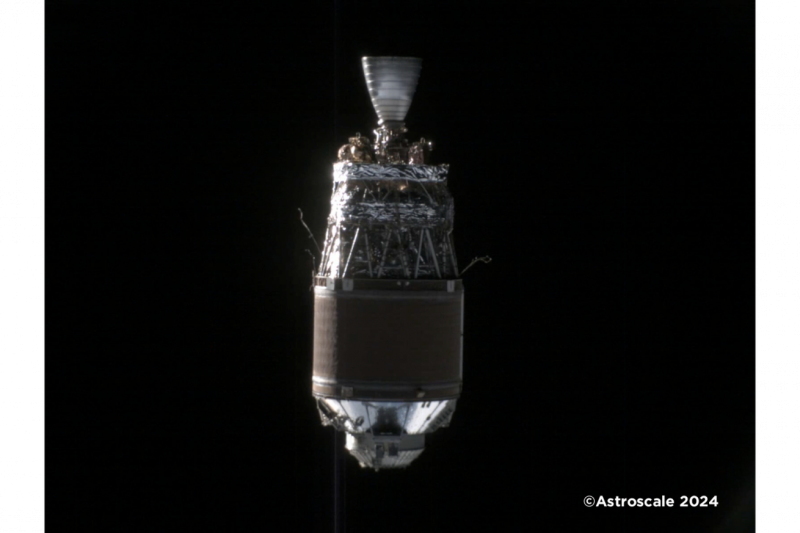In the vast expanse of space, there exists an ever-growing population of man-made debris – space junk. These discarded fragments, no longer serving any purpose, orbit the Earth, posing a significant threat to operational satellites and spacecraft. The issue of space debris has escalated in recent years, prompting scientists, engineers, and space agencies to explore innovative solutions to mitigate this looming danger.
Understanding the intricate dynamics of space junk requires delving into the fascinating world of orbital mechanics. Satellites, rockets, and other spacecraft orbit the Earth at various altitudes and speeds. As more objects are launched into space, the risk of collisions and the generation of additional debris increases exponentially. The phenomenon known as the Kessler Syndrome, proposed by NASA scientist Donald J. Kessler in 1978, envisages a scenario where a cascade of collisions creates a dense field of debris that renders space travel and satellite operations untenable.
To address the escalating problem of space debris, scientists have been developing groundbreaking technologies such as robotic arms, nets, harpoons, and lasers to capture and de-orbit defunct satellites and other debris. One such initiative is the European Space Agency’s ClearSpace-1 mission, scheduled for launch in 2025. This pioneering mission aims to demonstrate the feasibility of capturing and removing a specific piece of space debris from orbit, setting a precedent for future clean-up efforts.
Moreover, advancements in tracking technologies have enabled scientists to monitor the trajectories of space junk more accurately, allowing for timely adjustments to satellite orbits to avoid collisions. Collaborative efforts between space agencies, industry stakeholders, and academic institutions have paved the way for the development of robust space traffic management systems to safeguard orbital assets and ensure the sustainability of outer space activities.
In addition to active debris removal and enhanced tracking capabilities, the adoption of responsible space practices is crucial in preventing the further proliferation of space junk. Satellite operators are increasingly implementing measures such as satellite decommissioning protocols, propulsion systems for de-orbiting, and design considerations for satellite end-of-life disposal to minimize the generation of new debris.
As we venture further into the cosmos and rely increasingly on satellite technologies for communication, navigation, and scientific research, the imperative to address the menace of space debris becomes ever more pressing. Through collaborative research, technological innovation, and international cooperation, humanity can safeguard the space environment for future generations and ensure the sustainable exploration and utilization of outer space resources.
The challenge of space debris presents a formidable test of our ingenuity and collective resolve. By embracing a proactive approach to debris mitigation and removal, we can preserve the integrity of Earth’s orbits and unlock the boundless potential of space exploration, ushering in a new era of sustainable space activities.






















